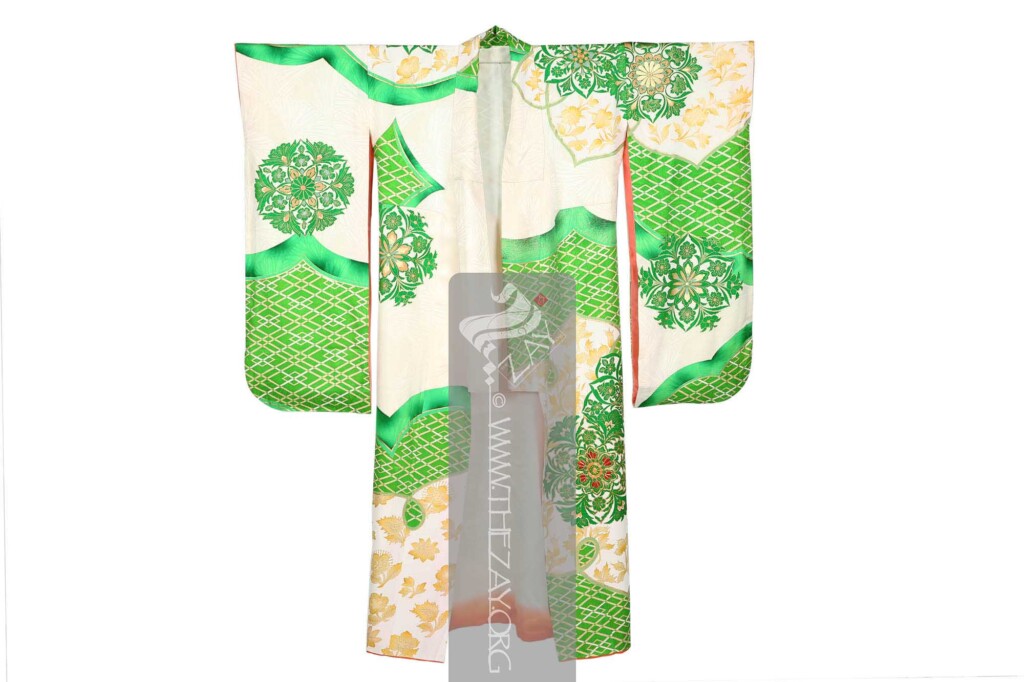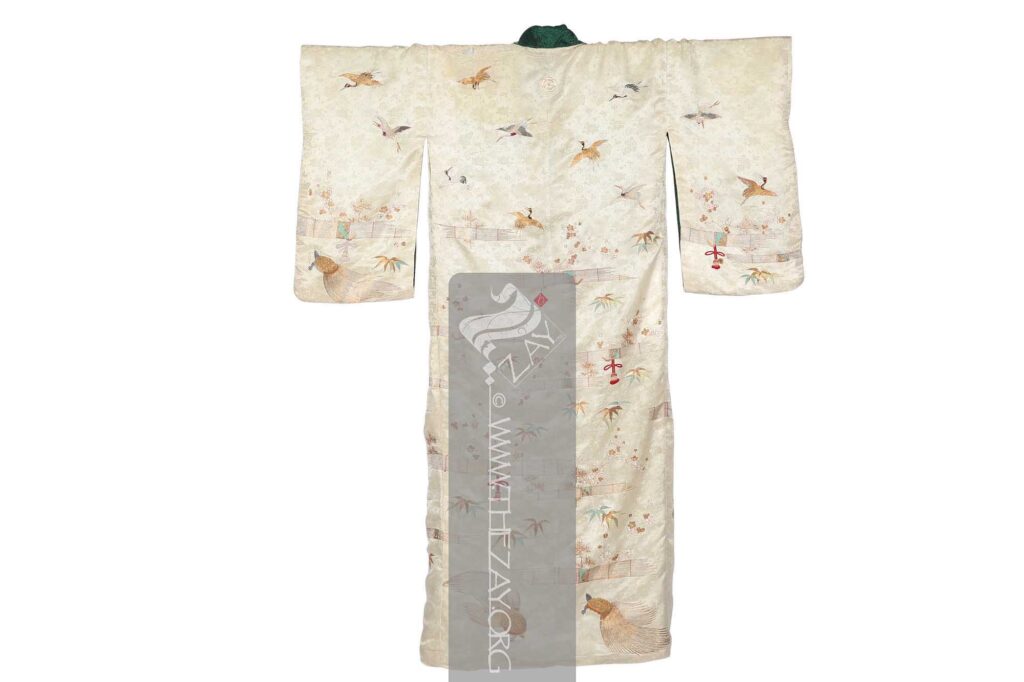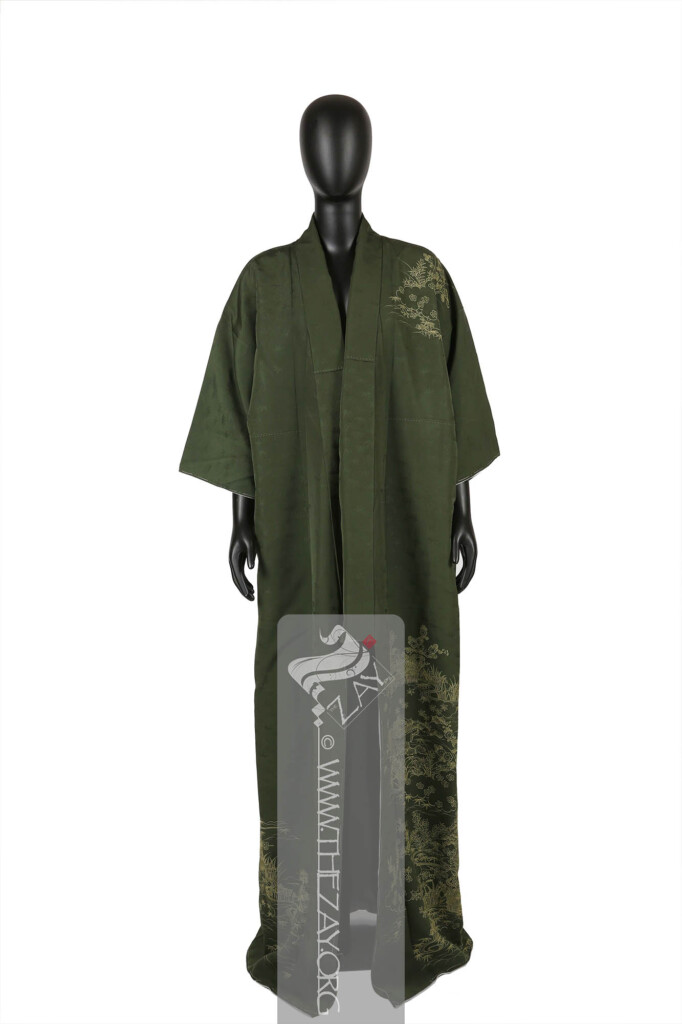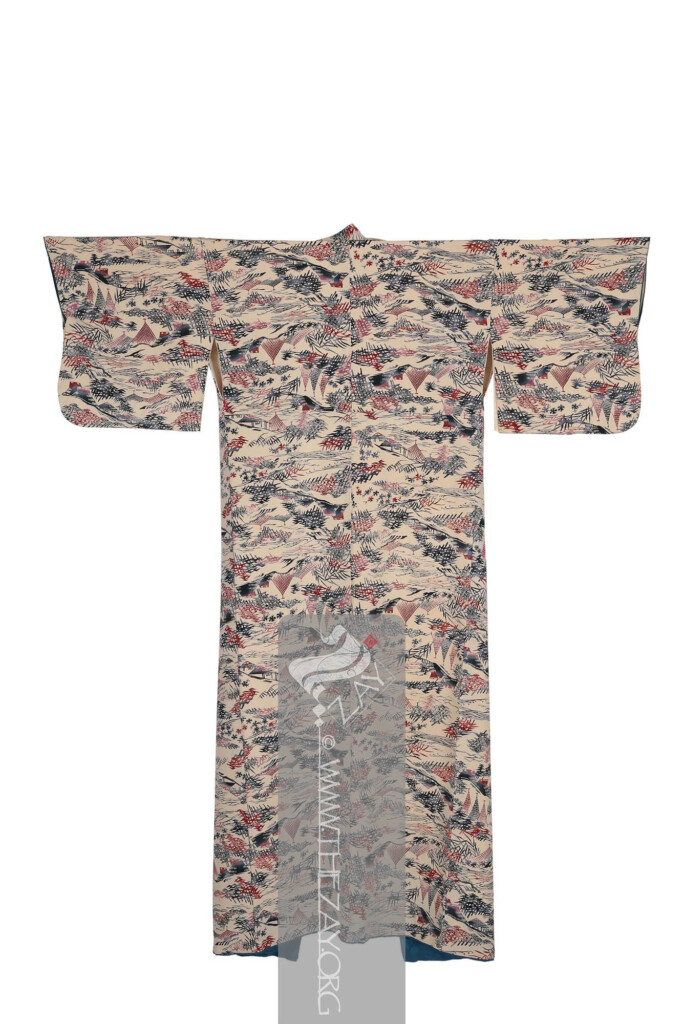A houmongi-style
Kimono
Kimono: (Japanese: ki : wearing, mono: thing, Singular: Kimono) A traditional Japanese long loose robe with wide sleeves tied with a sash around the waist. Presently it is the national dress of Japan. ; “Printed silk women’s robe”, c. 19th century, Japan; Acc. No: ZI2020.500746 ASIA; Source: The
Zay
Zay: (Arabic: costume, Pl. azyaā’), a set of clothes in a style typical of a particular country or historical period. Initiative,
LINK








